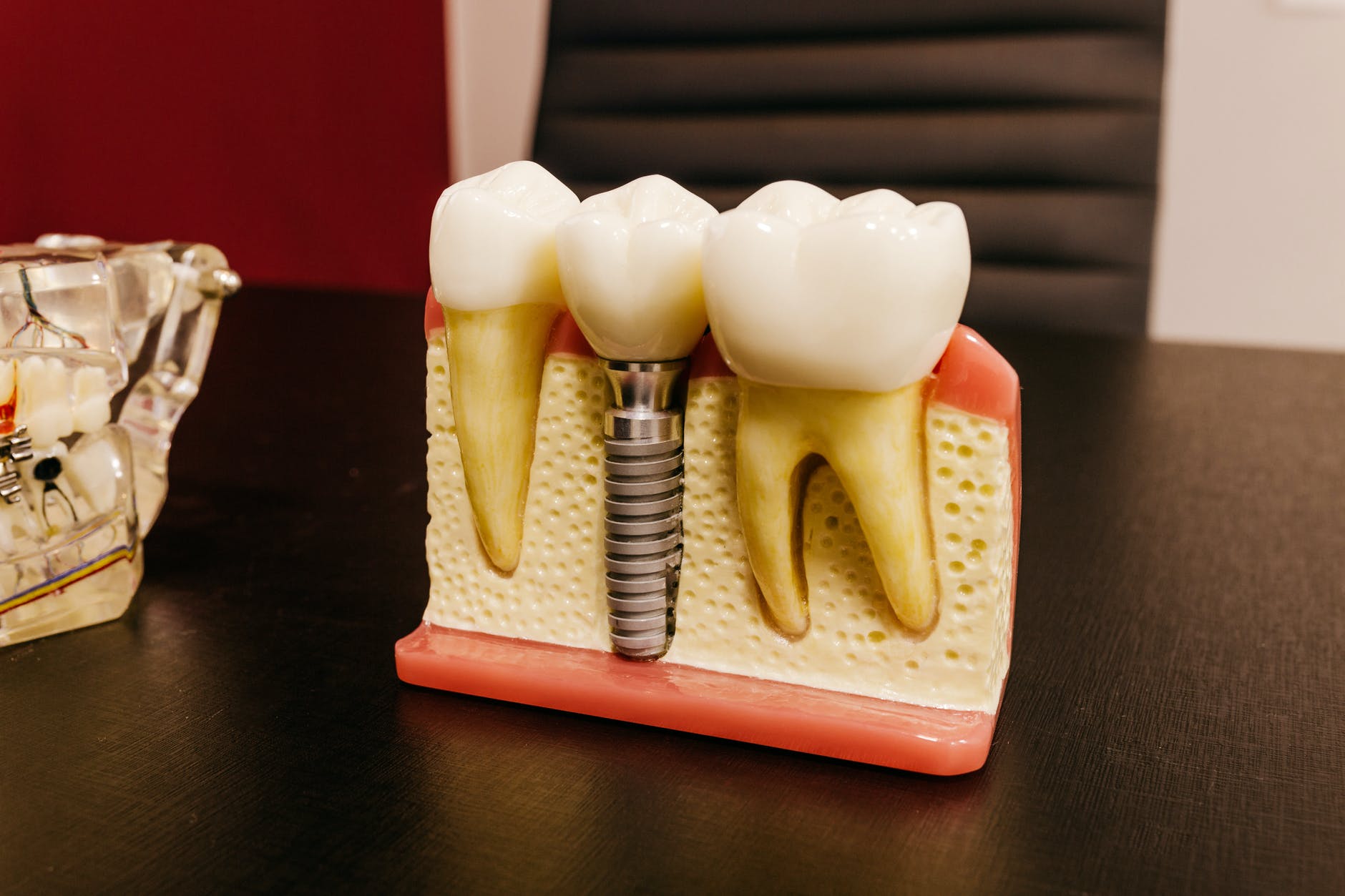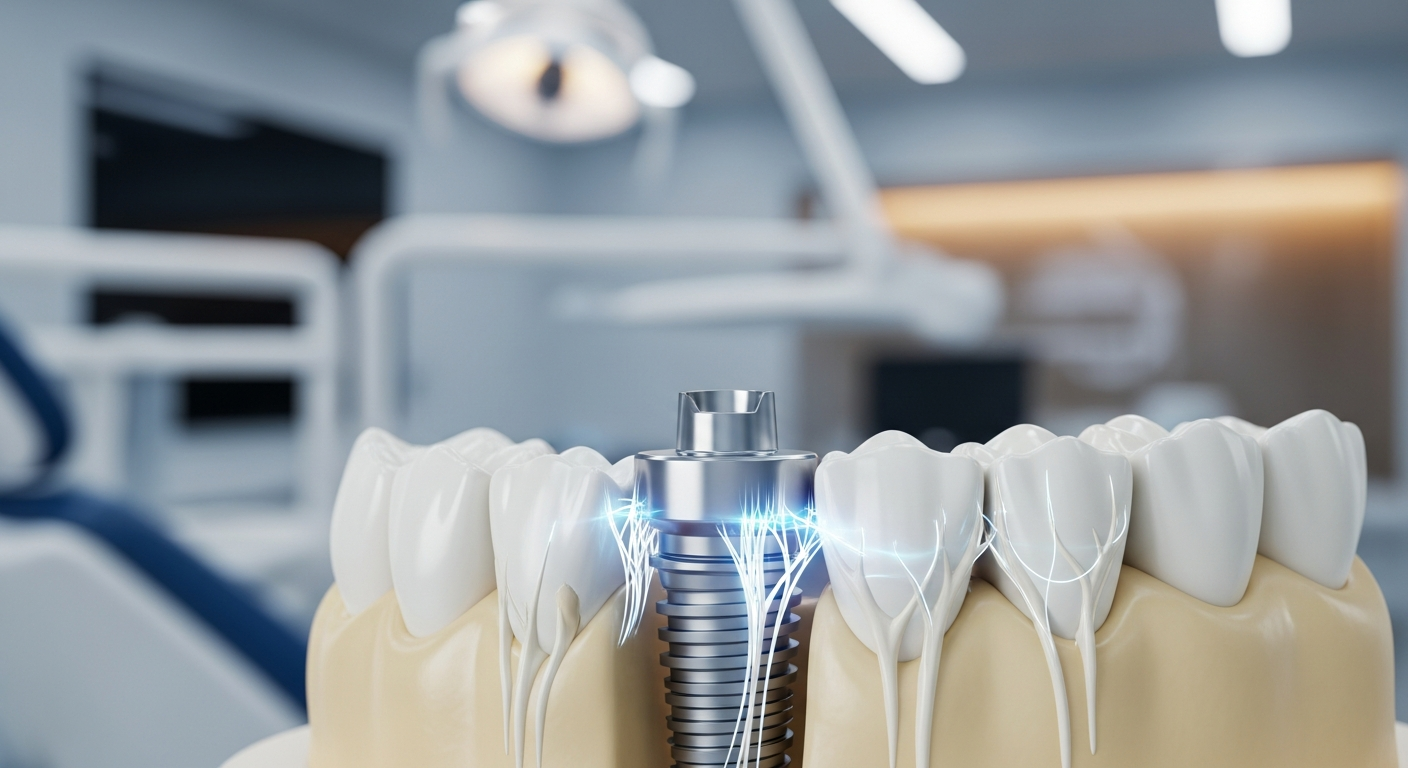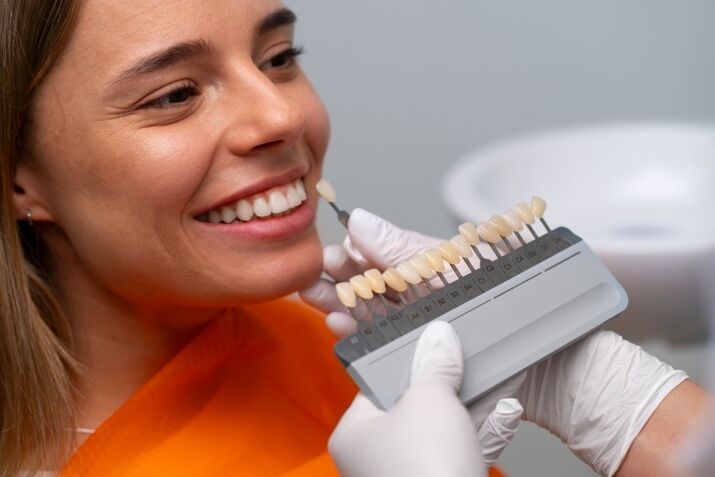Root Canal Filling in Staten Island

Understanding Root Canal Filling (Obturation) in Staten Island
When you're facing a severe toothache or sensitivity, a root canal procedure might be recommended to save your natural tooth. At Sola Dental Spa in Staten Island, we understand the importance of preserving your smile with state-of-the-art techniques. A crucial step after the infected pulp is removed during a root canal is the "obturation" or root canal filling. This process involves meticulously sealing the root canals with specialized, biocompatible materials to prevent future infection and inflammation. Our experienced team utilizes modern methods and certified materials to ensure a fast, comfortable, and highly effective procedure, laying the foundation for long-term oral health.
How Soon After a Root Canal Do You Need a Permanent Filling?
The root canal filling is a vital part of endodontic treatment. After the delicate work of cleaning and disinfecting the internal chambers of your tooth, filling the root canal is paramount. Because a root canal often necessitates the removal of damaged pulp tissue, the treated tooth can become more brittle and vulnerable to external forces. To protect this newly restored tooth and strengthen its structure, a permanent restoration is essential. This also acts as a barrier, preventing bacteria from reinvading the tooth cavity and leading to serious infection.
Immediately following the root canal procedure, a temporary filling is typically placed. This temporary measure is crucial for protecting the tooth while it heals. However, it is imperative that this temporary filling be replaced with a permanent filling or a dental crown promptly – usually within a few weeks. Delaying this step can compromise the success of the root canal and put the tooth at risk of re-infection or fracture.
The choice between a permanent filling and a crown for tooth restoration depends on various factors, including the extent of the original damage and the tooth's position in your mouth. While a large permanent filling can be sufficient for some anterior teeth, a dental crown is often recommended, especially for molars and premolars that endure significant chewing forces. Crowns encapsulate the entire tooth, providing superior protection, strength, and longevity compared to a filling. Our skilled cosmetic dentist at Sola Dental Spa will discuss the best restorative option for your individual needs, ensuring optimal outcomes.
How Long Does a Root Canal Filling Last?
A successful root canal filling significantly minimizes the risk of complications arising from various dental diseases. It seals off the tooth's interior, preventing the development of new infections in the treated cavity. Before any filling is placed, it's essential to ensure that any active inflammation has been resolved and a thorough cleaning of the root canals has been performed. This often involves a detailed X-ray examination of the roots to guide the dentist in choosing the most appropriate filling technique.
Direct indications for root canal fillings often include:
- Extensive dental caries reaching the pulp
- Pulpitis (inflammation of the tooth pulp)
- Periodontitis (inflammation around the tooth root)
- Trauma or cracked teeth
The longevity of a root canal filling and the subsequent restoration can vary greatly, influenced by factors such as the skill of the dentist, the materials used, your oral hygiene habits, and the type of final restoration. On average, a well-placed permanent filling after a root canal can last 5-10 years. However, a dental crown offers superior durability, often lasting 10-15 years, and sometimes even 20 years or more with proper care. Crowns provide a robust shield, protecting the treated tooth from infection and fracture. Regardless of the restoration, regular check-ups and cleanings are crucial for maintaining the health of your treated tooth and overall smile. This holistic approach ensures your bright smile, possibly enhanced by teeth whitening, stays healthy.
Are Root Canal Fillings Painful?
A common concern for patients considering a root canal is the potential for pain. We want to assure you that at Sola Dental Spa, patient comfort is a top priority. The entire root canal procedure, including the filling process, is performed under local anesthesia. This means you will not feel any pain during the treatment itself. Modern dental techniques and anesthetics ensure a comfortable experience.
It's normal to experience some mild sensitivity or discomfort when biting on the treated tooth for a few days after the procedure. This sensation typically subsides within 2-3 days as the area heals. Over-the-counter pain relievers are usually sufficient to manage this. However, if pain persists, increases, or becomes severe after 2-3 days, it's important to contact your dentist immediately for follow-up.
The quality of your root canal filling depends on the expertise of the dentist, the meticulousness of the procedure, and the quality of the materials used. Our professional team at Sola Dental Spa excels in choosing the optimal filling type for each unique case, ensuring longevity and a natural appearance. Our commitment to excellence helps prevent the need for repeat procedures and ensures the best possible outcome for your smile. We also offer advanced services like Invisalign and dental implants as part of our comprehensive care options.
Does a Root Canal Require a Filling? Does a Root Canal Filling Need a Crown?
Yes, a root canal always requires a filling to seal the cleaned root canals and prevent reinfection. This crucial step is performed immediately after the root canal treatment to save the tooth from extraction. Root canal therapy is recommended in cases of deep decay, cracked teeth, pulpitis, or periodontitis that have damaged the tooth's inner pulp and caused severe pain. After the infected pulp is removed and the inflammatory process is eliminated, the root canals are meticulously sealed (obturation).
Regarding whether a root canal filling needs a crown, the answer is often yes, especially for posterior teeth. Crowns are highly recommended for molars and premolars because these teeth bear the brunt of chewing forces. A crown acts as a protective cap, shielding the treated tooth from permanent mechanical damage and fracture. When recommending a crown, your dentist at Sola Dental Spa considers your overall oral health, any existing comorbidities, and the extent of previous dental damage. While a well-installed permanent filling can suffice for some anterior teeth, a crown provides superior, long-term protection and strength, helping to preserve the tooth for many years.
An incompetent approach or insufficient expertise during a root canal procedure can lead to severe complications, such as root perforation, persistent inflammation, or even ultimate tooth loss. That's why entrusting your care to highly skilled professionals, like those at Sola Dental Spa, is paramount. We combine meticulous techniques with a patient-centered approach to ensure the highest standard of care, helping you maintain a healthy, beautiful smile.







.avif)





































.jpg)


















.avif)


















.jpg)
















